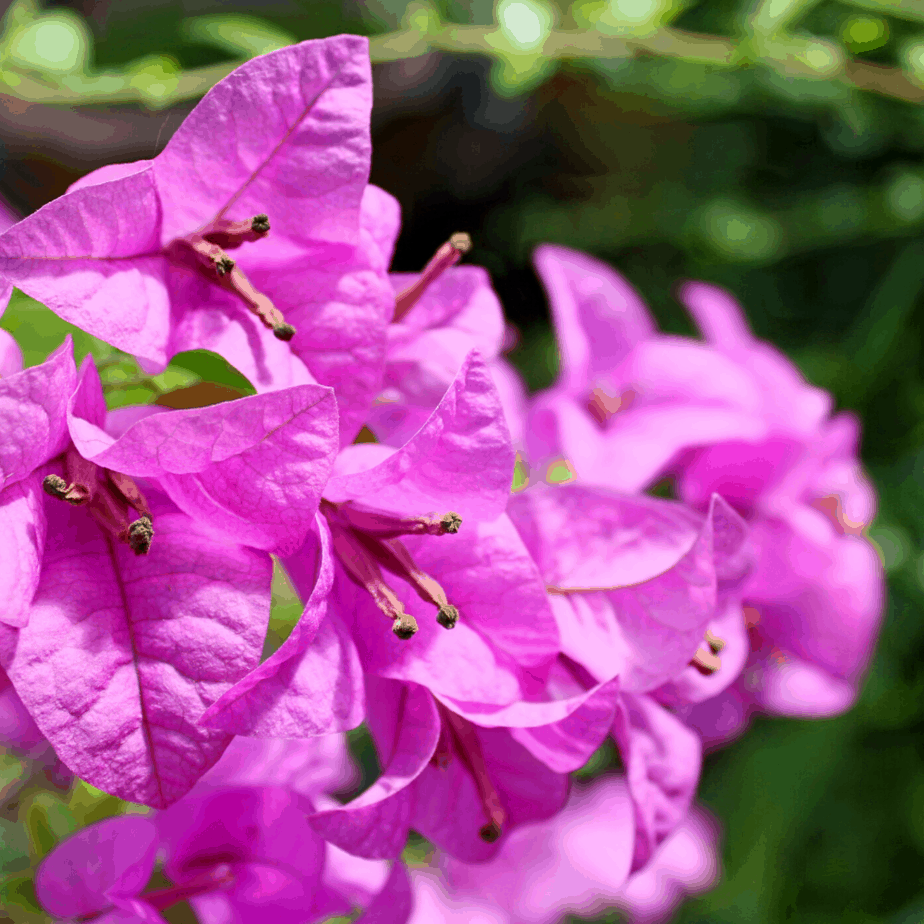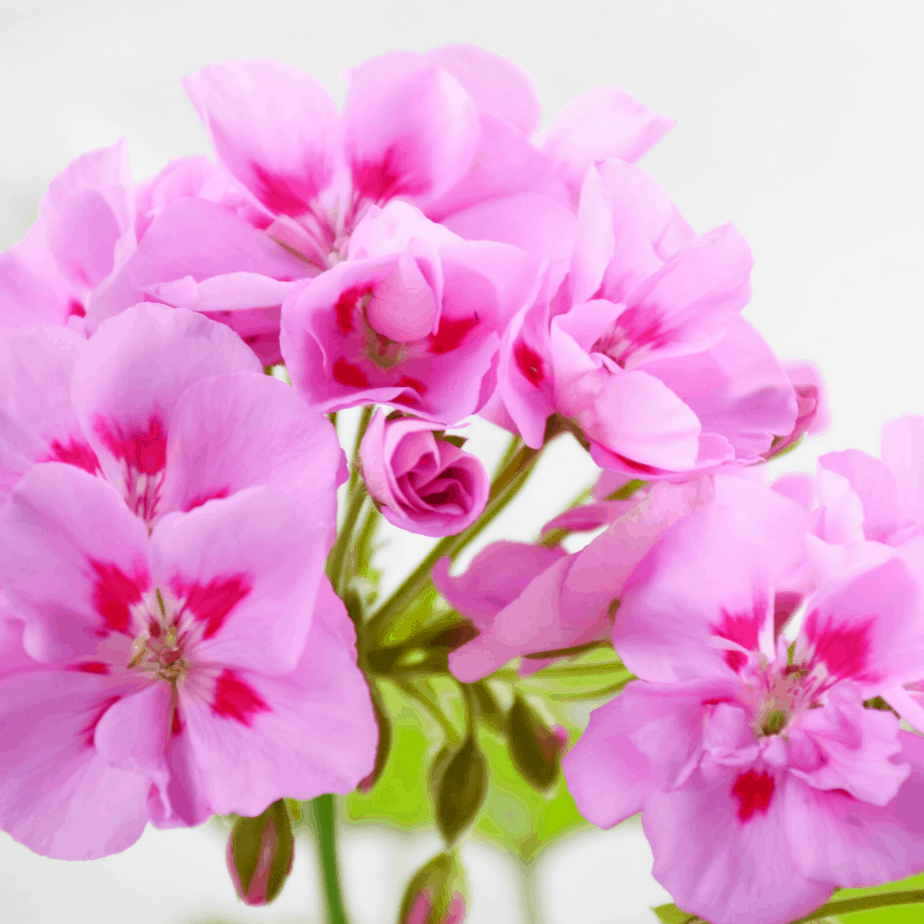Spring Is Here Now! What we Plant, Grow, and Do
February is, still our cool and dry season. We have little rainfall and average temperature ranges of 78-55F. (25-13C) We will have beach days in the 80’s and cool mornings for the garden.
Do you remember this phrase?
“Plus les choses changent
plus elles restent les memes.”
-Alphonse Karr (1808-1890)
Yes, you have it right! The more things change, the more they stay the same. The guy who wrote this was a French satirical writer who had a horticultural connection. He raised flowering plants with such success that he started the cut flower trade on the French Rivera. There is a tropical bamboo named for him.
A Year Of Change
We live and garden in a South Florida coastal resort town. It is February 2021 and this should be the heart of our social season. Eating out, fishing, concerts, sports of all kinds, we should be too busy to pull weeds! Last year we went to the Beach, Opera and the Rodeo on the same weekend. We should hear North American accents and European voices, all around us.
This year, 2021, a rampant, communicable disease limits our social lives. It leaves us happy to see the weeds! Pulling them up is something to do.
What Stays The Same
There are blooms we look forward to at the same time every year. They rarely disappoint us. There are tasks that get done in the garden at the same time everywhere. This is a cool month to do the heavy work in the garden. There are also garden opportunities specific to this month.
Is this why we like the garden? It serves as a touchstone, something that remains a constant. We need to do the work, we will see the rewards.
What to Know About the Climate in February
South Florida is a tropical or near-tropical climate. February should be our second coolest month. A damaging freeze is less likely than in January but it is possible. For what to do if a freeze warning comes your way, see January in the South Florida Garden.
Last week was cool, windy and rainy, not usual, this is our dry season. This week will reach the ’80’s, we can swim!
Temperature and Rainfall: what to expect
This is perfect weather for the gardener. In Naples on the West Coast, the temperature will range from 78-55 F (25-13 C) The rainfall for the whole month will average 2.32,” Miami will be marginally warmer with about the same rainfall. Florida’s rain comes in the summer. Steady dependable irrigation is important.
What We Call Soil Around Here
We have sand. We amend it with compost to contain the nutrients and water. This encourages beneficial microorganisms. We all worry about using too many chemicals in our gardens. The key to using fewer or no chemicals is keeping the garden healthy from the very beginning.
Every environment has its issues. When we bought this property, the HOA’s mulch, dumped on top of limestone created a new rock of its own. Pete dug through it all with a pickaxe. You may garden in heavy clay, you know the drill. A famous American politician of my parent’s generation said “all politics is local.” True of all gardens, too.
What We Plant in February
Planting Table
| Category | Plants to Include | Resources to Use |
| Annuals For Winter Color | impatiens, verbena, dianthus, strawflower, lobelia | Gardening With Annuals in Florida |
| Bulbs | Amazon lily, crinum, agapanthus | Bulbs for Florida |
| Herbs | tarragon, thyme, mint, dill, fennel | Herbs in the Florida Garden |
| Shrubs and Trees | Most can be planted year-round | Florida Friendly Landscaping Guide to Plant Selection |
| Vegetables | sweet potato, cantaloupe, eggplant, squash | Florida Vegetable Gardening Guide |
| Ground Covers | If parts of the lawn are not successful try low maintenance ground covers. | Ground Covers, U. FL |
*Please don’t overlook the reference material, it links you to expert advice we rely on.
What We Do in the Garden in February
Our Task
| Do This Month | Steps to Take | Resources |
| Soil | Cool-weather is the best time to do the heavy work of amending the soil with compost | |
| Lawns | Fertilize this month, select controlled-release. nitrogen, and no phosphorus unless soil testing indicates a need for it. When temperatures reach 65° for 4 days use a pre-emergent weed killer. | Florida Lawn Handbook |
| Irrigation | Warmer than usual weather increases irrigation need | |
| Shrubs and Palms | Fertilize this month | Fertilization & Irrigation Needs for Florida Lawns and Landscapes |
| Fruit trees | Mango, avocado-control anthracnose with a copper fungicide spray. Fertilize any trees not fed in January. | Citrus Culture Tropical & Subtropical Fruit Crops |
| Roses | Prune, fertilize and mulch | Growing Roses in Florida |
NB. The sources for these tables: some information is from experience, a lot is from the University of Florida’s pertinent research. In our family we are a pair of volunteer Master Gardeners, our continuing education programs are constantly valuable and give us access to research-based advice.
What’s in Bloom this Month
How Climate Affects Your View Of Color
Our South Florida gardens are colorful in February. When we northerners become accustomed to the vivid blue skies and legendary sunsets, our eyes adjust. It must be the bougainvillea!
We know a watercolor painter who keeps two paint pallets. She paints beautiful coastal scenes of the New England Atlantic coast and that of the Gulf of Mexico in South Florida. She says she can’t paint either place with the colors in the other pallet.
Tropical Plants In Florida
We gardeners follow a long tradition of plant lovers who traveled the world to collect tropical plants. By 1758 Carl Linnaeus had cataloged 7700 species of plants and 4400 animals. Many originated in South America and the Caribbean. We, in our gardens, still appreciate them and keep adding new ones.
Here are some blooms we are enjoying today.
Bougainvillea

Our bougainvillea are in bloom throughout the area, pink, purple, orange, yellow, white. Whatever your color scheme they are available for sunny spots. You can find them in all sorts of forms. We use them as vines on fences and trellises, as low bushes and even trees. Some vining varieties can grow 30 feet. There are many varieties, we love a small white thornless plant called Miss Alice. You will be dealing with thorns in most cases. You will treat them the way you do Roses.
This might help you with thorny plants, “Buying some Rose Gauntlet Gloves'”
One of the most beautiful displays was one I saw on the island of Tortola in the West Indies. The hillside house was named Villa Rosa and the owners used the bougainvillea instead of roses. They cascaded down a high white stuccoed wall in rows of colors.
Bougainvillea Care
An important tip for success is keeping the soil relatively dry. A deep watering every 3-4 weeks is best to enjoy the blooms.
Fertilize using a nitrogen, phosphorus, and potassium ratio (NPK) such as 10-10-10 or 5-5-5. If you use too much nitrogen you will have fewer blossoms. A slow-release fertilizer will solve that problem.
A Little Bougainvillea Problem To Solve
We planted white dwarf, mounding, bougainvillea near the sidewalk in front of our home. Their rounded shapes and white blossoms are set off by tall, architectural blue agave before them. However each season we seem to get fewer blossoms due to the growth of a nearby live oak tree. Bogainvillea do not appreciate shade, so we are looking for a new home for them.
Dombeya Seminole
This tall shrub gives us bright color, pink to rose, fall to spring. (At this point we cut it back.) Its flowers are shaped like those of the Hydrangea and attract pollinators in huge numbers.
Dombeya Care
This is a fast-growing plant and requires fertilizer while growing. Water during the dry months and plant is sun to partial sun. We find that if gardeners do not like the Dombeya it is that it does require pruning. If neglected it’s striking beauty can turn into a big lumpy bush!
Snow on the Mountain, Snow Bush
This is a lovely plant to combine with the dombeya. It is a cloud-like fantasy of a plant. New growth is dark on a maroon stem. This fades to pastel pink, pale gray-green and white. Its delicate leaves are especially attractive in a soft breeze. The foliage provides constant color every day throughout the year.
Snow Bush Care
It does best in fertile, moist soil. These two plants are attractive together and have similar water and feed needs as they grow quickly. When this plant is young, pinch the new leaves to promote branching growth.
Winter Annuals

As transplanted northerners, we realize that we are using many of the same seasonal color plantings that we used in summer in a more temperate climate.
They highlight areas of the garden we want to emphasize and direct guests down a certain path.
Care of Winter Annuals
This is familiar to anyone who plants them in northern summers. Water the plants, add a timed-release fertilizer, then water them in. They will need fertilizer throughout the bloom period. We look for cultivars that are heat and pest resistant. Some will last until June or July and others will last more than two years in our climate.
In the cooler months, we are adding white or light colors as we enjoy sitting out at night. Here is a piece on planting a Moonlight Garden. It is based on a historic garden we like to visit. I hope you like it.
Next month’s installment will be March in the garden. This is our early transition to spring.
